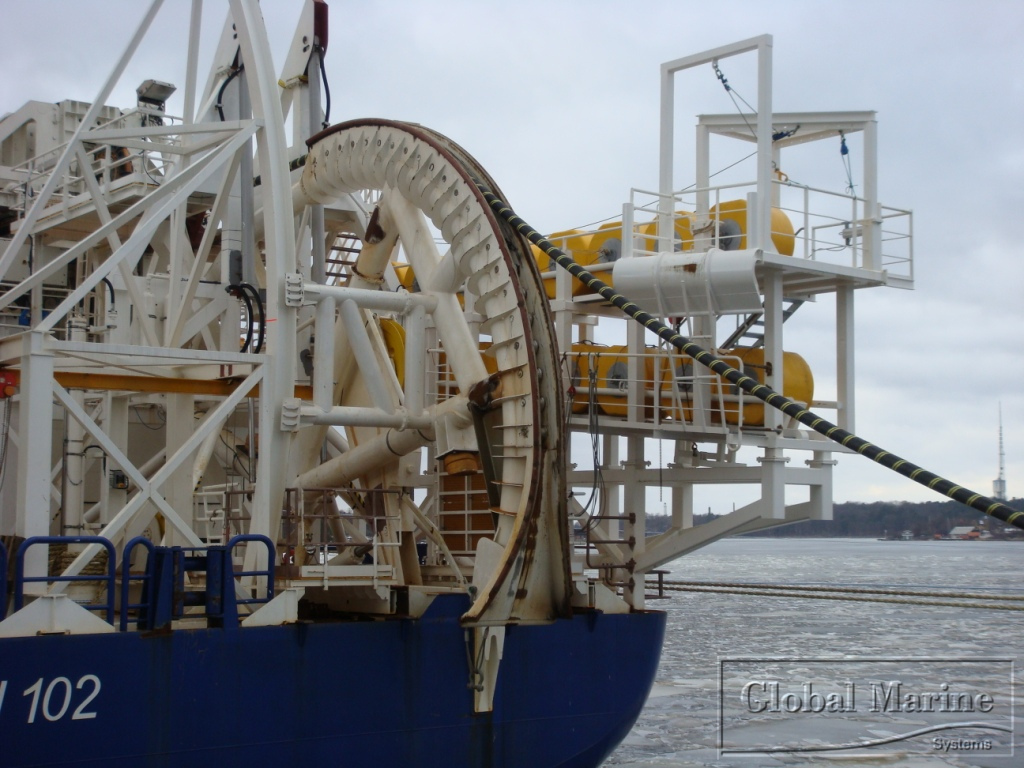UK Energy Minister to visit Iceland to discuss interconnection
The UK Energy Minister is to visit Iceland in May 2012 to continue discussions on a potential interconnection between the both countries to allow the supply of Icelandic geothermal power to the UK energy market and possibly into a new European super-grid.
The topic of connecting the UK with Iceland to get low-carbon electricity from geothermal power plants is seen a new momentum. As reported by the Guardian yesterday, the UK Energy Minister is to visit Iceland in May to discuss connecting the UK to (Iceland’s) abundant geothermal energy. “We are in active discussions with the Icelandic government and they are very keen.”, so the minister in the Guardian.
The cable between the UK and Iceland would have to be 1,000-1,500 km long and would be the longest in the world.
There is a web of sea-floor cables (interconnectors) planned that would connect the UK to a Europe-wide supergrid and allow combining wind and wave power of northern Europe with solar projects in southern Europe and north Africa.
Greece is one of the countries looking at providing solar power to help countries filling the gap of abolishing nuclear power generation from their energy supply mix.
Interconnector cables can be laid very quickly – at over 30km per day – but constitute an engineering challenge. Each kilometer contains about 800 tonnes of copper. Therefore one needs substantial power plants to justify an investment like this.
An example for an interconnector is the Britain Netherland Interconnector that opened in 2011. The cost of this was GBP 500 million. The Iceland-UK connection would be substantially more expensive.
The Guardian provides a good overview picture on existing and proposed interconnectors. The picture and further details can be found via the link below.
Source: The Guardian


















